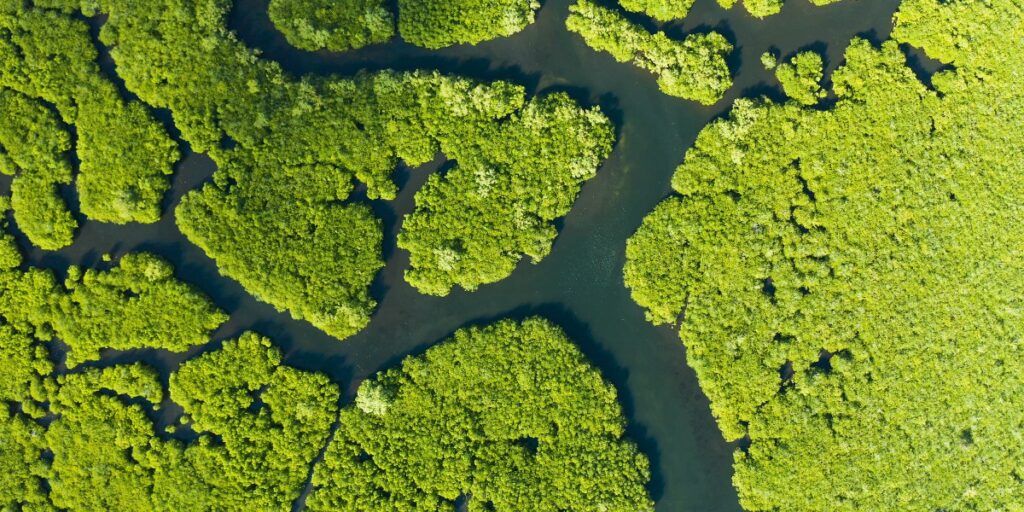Researchers around the world set to work unraveling the mystery, reviewing readings from satellites, aircraft, and greenhouse-gas monitoring stations. They eventually spotted a clear pattern: Methane emissions had increased sharply across the tropics, where wetlands were growing wetter and warmer.
That created the ideal conditions for microbes that thrive in anaerobic muck, which gobbled up more of the carbon-rich organic matter and spat out more methane as a by-product. (Reduced pollution from nitrogen oxides, which help to break down methane in the atmosphere, also likely played a substantial role.)
The findings offer one of the clearest cases so far where climate change itself is driving additional greenhouse-gas emissions from natural systems, triggering a feedback effect that threatens to produce more warming, more emissions, and on and on.
There are numerous additional ways this is happening or soon could, including wildfires and thawing permafrost. These are major emissions sources that aren’t included in the commitments nations have made under the Paris climate agreement—and climate risks that largely aren’t accounted for in the UN Intergovernmental Panel on Climate Change’s most recent warming scenarios.
Spark Climate Solutions (not to be confused with this newsletter) hopes to change that.
The San Francisco nonprofit is launching what’s known as a model intercomparison project, in which different research teams run the same set of experiments on different models across a variety of emissions scenarios to determine how climate change could play out. This one would specifically explore how a range of climate feedback effects could propel additional warming, additional emissions, and additional types of feedback.
“These increased emissions from natural sources add to human emissions and amplify climate change,” says Phil Duffy, chief scientist at Spark Climate Solutions, who previously served as climate science advisor to President Joe Biden. “And if you don’t look at all of them together, you can’t quantify the strength of that feedback effect.”
Other participants in the effort will include scientists at the Environmental Defense Fund, Stanford University, the Woodwell Climate Research Center, and other institutions in Europe and Australia, according to Spark Climate Solutions.
The nonprofit hopes to publish the findings in time for them to be incorporated into the UN climate panel’s seventh major assessment report, which is just getting underway, to help ensure that these dangers are more fully represented. That, in turn, would give nations a more accurate sense of the world’s carbon budgets, or the quantity of greenhouse gases they can produce before the planet reaches temperatures 1.5 °C or 2 °C over preindustrial levels.


